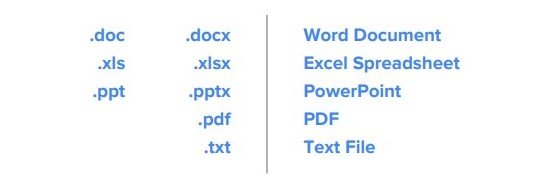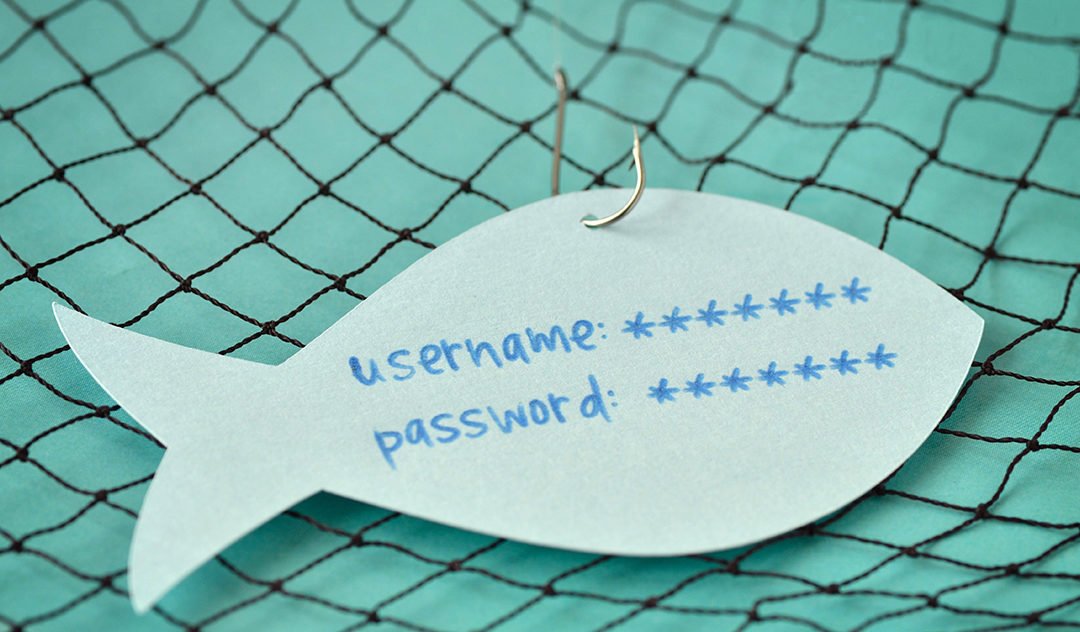It is Shark Week on Discovery! But don’t think the only threats are in the water, there could be phishing going on right in your inbox.
Countless phishing or spam emails are sent every day all over the world. They might congratulate you on winning a great sum of cash or threaten you by claiming to represent your bank or credit card company. While unfortunately there is no one trick to telling a scam from a legitimate message, Great Plains Communications has put together some steps to take when trying to tell the difference.
Identify the Sender
Often phishing emails will come across as a company or person you know, appearing to be perfectly valid. But beware, URLs can be faked. By hovering the mouse over a URL in an email, you will see a hyperlinked address in most email clients. If the actual address appears to be different from the URL in the text, the link is probably not legitimate and most likely a scam.
Another tactic often used is taking a familiar domain and changing it slightly. We have included some examples below:

Don’t fall for the spoof. If you aren’t sure if the email is truly coming from Microsoft, for example, go to the website through your browser and find tech support through there rather than the email.
Screen the Links
Just because you have screened the sender does NOT mean you should freely click links included in the email. Emails can contain links to malicious websites while appearing to be websites you frequent daily. Like we mentioned with the sender URL, hover over a link or button (ex. Track package), and it will show you where it will take you. Sometimes it will pop up in a box next to your cursor and sometimes it will pop up in the corner of your screen. If you don’t recognize a linked website, it is best not to visit it.
Don’t Trust Attachments
While you can get some insight into the links included in an email, this isn’t the case with attachments and by blindly opening these files, you run the risk of malware disguised as documents.
Malware: an umbrella term for things such as viruses, ransomware and spyware.
Some familiar file extensions you may see are:

Other file extensions could be:

These extensions are called executables, which can make your computer perform specific actions or control your computer. If you receive an executable in an email from an unknown or lesser known source, it is best to assume it is unsafe.
Rely on Common Sense
It can be confusing when you are caught off-guard while skimming through your emails. If the email reads poorly with extreme lack of spelling and grammar, put your guard up. If an email is asking for personal information such as your password or a bank account number (something your bank already has), keep your guard up. Trust your gut and if something doesn’t look right, something is probably off.
Regarding emails including Great Plains Communications, please know that we will never ask for customer passwords via email. If you ever receive an email which includes our name and you feel it may be a scam, please call our Customer Response Center at 1-855-853-1483 and do NOT reply, open attachments, or click any links embedded in the message.
